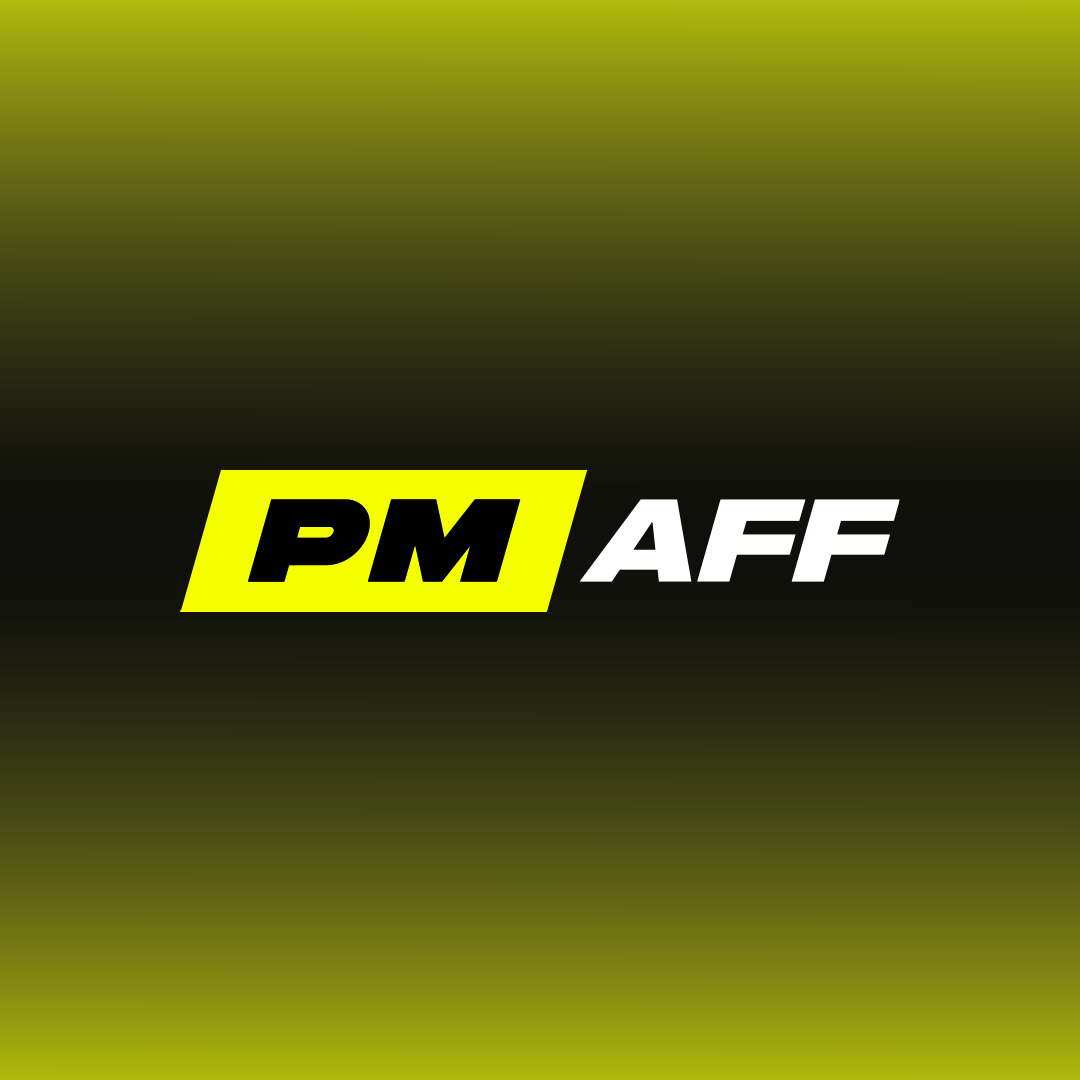How Mega Thing Tripled Office Supplies Sales by Consolidating on BigCommerce

Business Description
Table of Contents
Navigate through the case study sections
Executive Summary
Case Study Content
Background
From a humble brick-and-mortar store opened in 2005, Mega Thing grew steadily under founders Martin Bate and Nadine Harnack. By 2009 they embraced digital commerce with BigCommerce, spinning out 17 distinct niche storefronts. Each site catered to a specialized product line—labels, printers, markers, you name it—but managing multiple control panels soon became a logistical headache. Orders were at times delayed, promotions inconsistent, and the team struggled to keep inventory and customer data aligned.
The Challenge
Operating seventeen BigCommerce dashboards created overhead that stifled growth. Synchronizing product updates and customer communication across separate instances was time-consuming and error-prone. The duo recognized that if they wanted to scale and improve the buyer experience, they needed a unified solution. Their goal: consolidation without sacrificing customization or performance.
Solution
Martin and Nadine consolidated their digital empire by merging 14 of 17 storefronts into three core brands—Mega Thing, DYMO, and PoscART—then funneled management under the flagship Mega Thing control panel. They retained BigCommerce for its robust feature set and seamless integrations. Key apps like B2B Ninja Quote enabled on-site quoting, while Google Shopping by Sales & Orders automated feed creation and ad optimization. Native tools such as the abandoned cart saver and coupon builder boosted conversion with minimal overhead. Specialty development tasks and marketing automation were handled by long-time partner Randem Group, allowing the in-house team to focus on physical packaging personalization and customer delight.
Results
After consolidation and optimization through BigCommerce, Mega Thing realized an impressive year-over-year uplift: site visits jumped 107%, customer count climbed 62%, and orders rose by 58%, which translated into a 55% revenue increase. Their abandoned cart recovery efforts alone recaptured over $455,000 in nine months.
Looking Ahead
Armed with a scalable platform and proven processes, Mega Thing plans to test international markets in Europe and the US. Leveraging strong brand partnerships and multilingual expertise, they aim to replicate their “Mega” customer-first experience globally while continuing to refine on-site merchandising and promotional workflows.
Key Takeaways
- 1Consolidating 17 separate storefronts into three core brands streamlined operations and reduced overhead.
- 2By unifying on a single BigCommerce control panel, Mega Thing improved data accuracy and team efficiency.
- 3Native BigCommerce features like abandoned cart saver and coupon builder directly boosted conversion rates.
- 4Integration of B2B Ninja Quote and Google Shopping by Sales & Orders automated quoting and ads, saving time.
- 5Partnering with Randem Group allowed in-house staff to focus on customer personalization and packaging experiences.
- 6Results included a 107% increase in site visits, 62% more customers, 58% more orders, and 55% higher revenue Year-over-Year.
Key Facts
Tools & Technologies Used
Premium Content Locked
Subscribe to access the tools and technologies used in this case study.
Subscribe NowHow to Replicate This Success
Premium Content Locked
Subscribe to access the step-by-step replication guide for this case study.
Subscribe NowInterested in Being Featured?
Share your success story with our community of entrepreneurs.
Explore More Case Studies
Discover other inspiring business success stories

How Lola + The Boys Grew Intl Sales 66% with Shopify
Lola + The Boys launched in 2016 to deliver premium, vibrant children’s clothing. After scaling US sales from $20K to $2...
Lola + The Boys

How a Smart Affiliate Generated $7,460 Profit with Facebook Ads in Bangladesh
In this detailed case study, an affiliate used Facebook Ads to break into Bangladesh’s gambling scene and earned $7,460 ...
Parimatch Affiliates

How Nicholas Smith Turned $0 into $40,000 on Skool Using Free Traffic
Nicholas Smith leveraged Skool’s community platform and faceless YouTube automation to attract 12,000 free members, mone...
Nicholas Smith Community